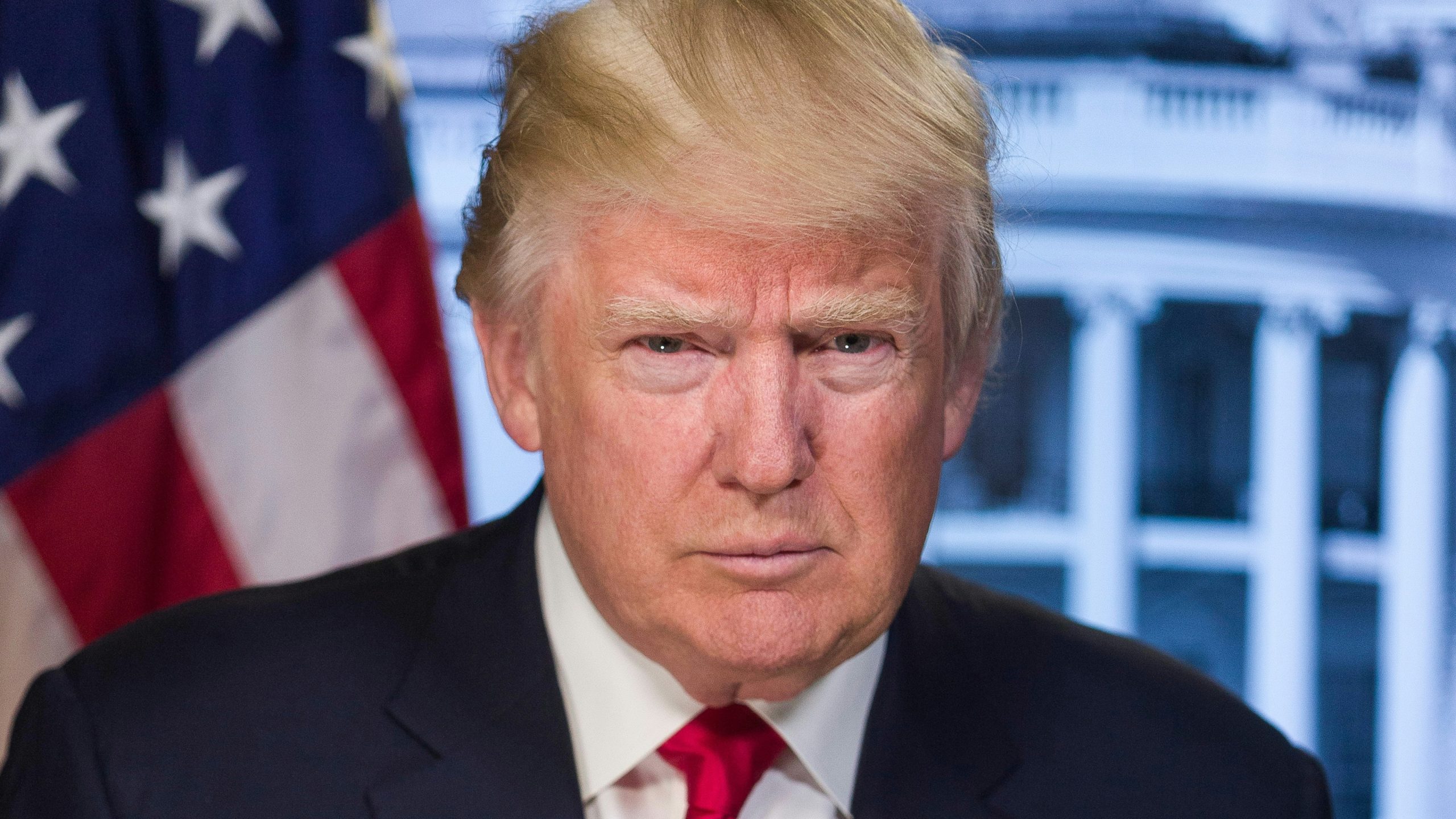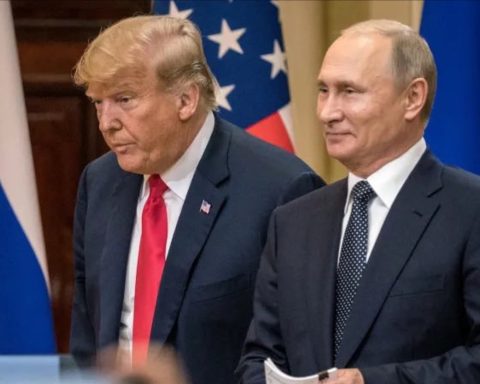The United States and the European Union have reached a significant trade agreement on July 27, 2025, establishing a 15% tariff on most European goods entering the US. This US-EU deal introduces a 15% tariff, averting the 30–50% tariffs previously threatened by the Trump administration, which could have severely disrupted transatlantic trade. Steel and aluminium tariffs remain at 50%, though discussions about a potential quota system are ongoing, which could lower these rates in the future.
The agreement was finalised just days before a planned tariff increase on August 1, 2025, providing a critical window for further negotiations.
EU’s Commitments and Concessions
Under the agreement, the EU has committed to purchasing approximately $750 billion in US energy exports, including oil, gas, and nuclear fuel, over the next three years. Additionally, the EU will invest around $600 billion in the US economy, which includes purchases of military equipment.
Notably, the US-EU trade deal incorporates a “zero-for-zero” clause, granting tariff-free status to strategic goods such as aircraft, aircraft parts, certain chemicals, generic drugs, semiconductor equipment, some agricultural products, natural resources, and critical raw materials. Discussions regarding tariffs on spirits are ongoing.
Impacts and Reactions
The 15% tariff is higher than the pre-trade war average of approximately 1.47% for US tariffs on EU goods. This new US-EU trade deal could increase costs for European exporters and US consumers. Some European industry leaders, particularly in Germany’s automotive sector, have expressed concerns about reduced competitiveness.
Market reactions have been cautiously optimistic, with US equity futures (S&P 500 e-minis up 0.3%) and European stock contracts (up 1.1%) rising post-announcement. The euro also strengthened against major currencies, reflecting investor relief.
European leaders have mixed views. German Chancellor Friedrich Merz and Italian Prime Minister Giorgia Meloni praised the deal for promoting trade stability, while Ireland’s Prime Minister Micheál Martin cautioned that higher tariffs could pose challenges.
Uncertainties and Next Steps
Unresolved details include tariffs on farm goods and pharmaceuticals, with negotiations ongoing, especially concerning the US-EU deal’s 15% tariffs. There is also uncertainty about the US president’s authority to unilaterally alter terms, particularly if the EU fails to meet its commitments. The deal awaits formal approval from EU member states and legislative bodies, a process that may refine its terms. The agreement’s timing provides a buffer for further talks, potentially shaping future US-EU trade dynamics.






